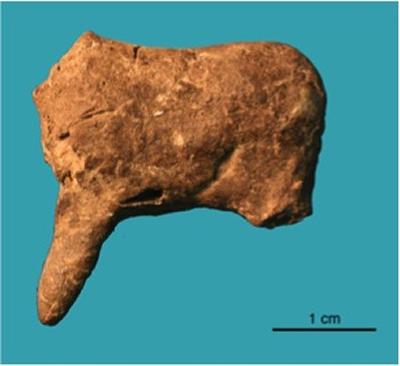Analysing clay figures dating back up to 40,000 years

Archaeology lecturer Dr William Davies has won a £136,663 grant from the Leverhulme Trust to for a three year project to complete the analysis of 10,000 clay figures dating from the Palaeolithic period in Europe, Siberia and North Africa, between 40,000 and 10,000 years ago. ‘Palaeolithic Origins of Ceramic Technology: innovative and creative revolutions’ will begin in May 2013.
“Surprisingly, the first uses of clay seem to have been for artistic and symbolic purposes rather than for containers such as pottery vessels, which only come into the record between 20,000 and 16,000 years ago,” explains William. “These ceramics range in treatment from unfired to being heated to temperatures of about 800°C, and are more widespread and numerous than many other surviving forms of Palaeolithic artistic expression, such as cave art. This makes them invaluable records of changing innovations in a key period of human development.”
Postdoctoral research fellow Dr Rebecca Farbstein will also work on the project. She joins Southampton from similar roles at the McDonald Institute for Archaeological Research at the University of Cambridge and the Courtauld Institute. Rebecca is building a strong reputation in the study of Palaeolithic worked clay.
William’s research has focused on the activities of Palaeolithic hunter-gatherers, particularly in late Neanderthals and in early Homo sapiens. He was a founder member of the Stage 3 Project, which aimed to set the extinction of Neanderthals and the arrival of Homo sapiens in Europe into a broad and coherent ecological and climatic framework. William was also closely involved with two NERC-funded projects to obtain new, more reliable radiocarbon dates for diagnostic artefacts in Europe between 50,000 and 20,000 years ago, and is currently working on the NERC-funded RESET project, which uses microscopic volcanic ash layers to provide a chronological framework for Neanderthal and early Homo sapiens sites in Europe, the Levant and North Africa

